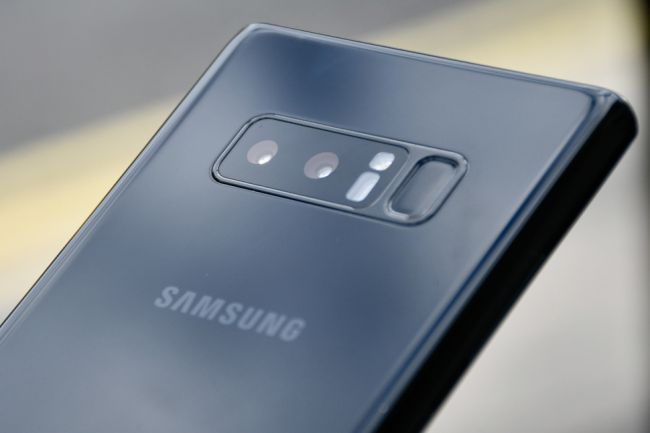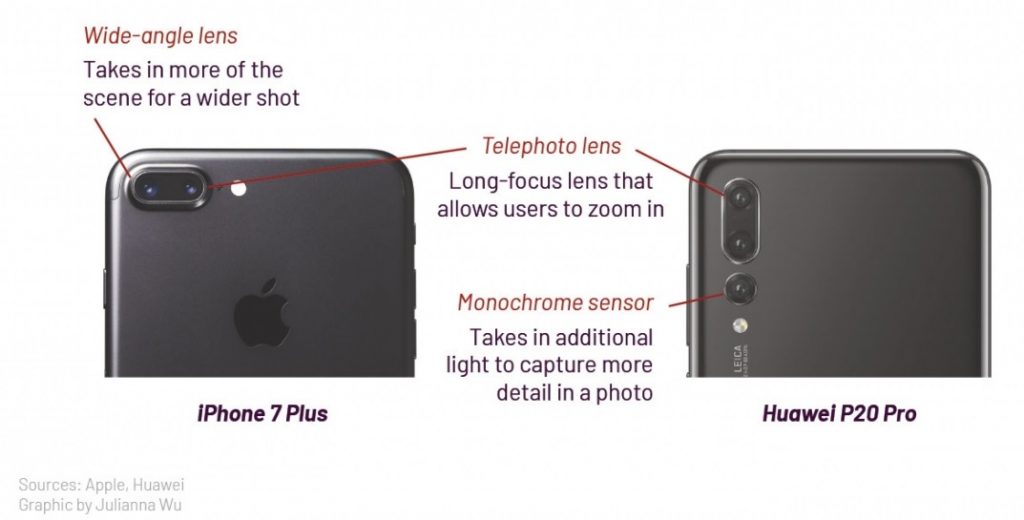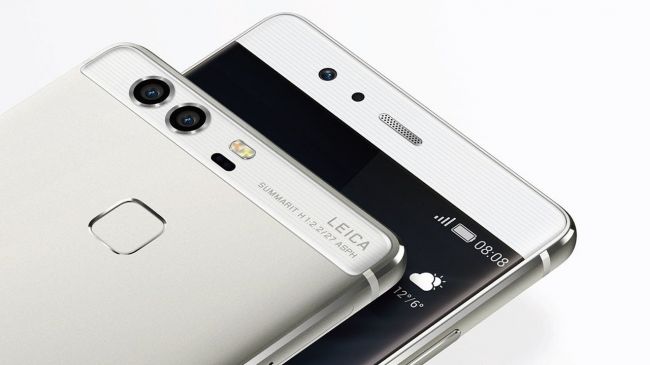In the past couple of years, new improvements to smartphones has seen them having multiple cameras on one side, mostly dual or triple rear cameras. Most recently, some smartphone device like the iPhone x now have same feature, (dual camera) for their front cameras as well. But why do smart phones have multiple camera arrangement, are they better than the traditional single camera? Let’s see.
Demand For High Quality Camera
It is a fact that consumer’s expectations of smartphone devices are on the high. In the aspect of cameras, it is expected that every smartphone should have a very good camera and a very high standard for the pictures they take: Sharper, brighter, more colorful, more details in low-light, and all at the tap of a button. However, smartphone producers can’t just bolt on a huge Digital Single Lens Reflexive camera (DSLR) lens. They still have to keep phones small and thin enough to slip into a pocket. The question is, how do you improve on a phone’s camera without making it significantly bigger? This gave birth to multiple cameras.
This actually wasn’t a new invention, it started in 2011 with dual rear cameras setup designed to shoot 3D images. Now that’s a long time ago and things have changed. Recent multiple camera setup are designed to do much more. Having multiple cameras now means having better images. How do they work?
Two Are Better Than One
The arrangement of multiple cameras on a smartphone device allows you to capture a high quality image. A low-aperture, wide-angle lens is great for gathering sharp detail up close, but not so great when your subject is in motion. A longer lens can “blow up” images from far away subjects, but let’s in less light. With each of the camera having their peculiar function, you photos looks more professional. With a conventional camera, taking two photos with two different lenses isn’t all that useful—you’ll just end up with two mediocre images. But with specialized image processing, the software upon which digital cameras run, you can combine the strengths of both lenses and image processors while removing the weaknesses. This results in a single image that’s brighter, sharper, and clearer than either camera could achieve on its own.

Why this design?
The reason for this design can be summarized into two. First, the second camera is different to the primary camera and excels in a different aspect of photography. It therefore complements the primary camera as a standalone, additional unit.
Second, Two cameras positioned in just the right place are able to capture perspective information, essentially creating a depth map, differentiating the foreground and background.
In a dual camera setup for example, one of the camera may be dedicated to zooming, called the telephoto lens or lets you capture more detail in a photo. The more cameras added the more the extra features your camera captures. Put together, they make for a more versatile smartphone camera.

Dual Cameras Are On The Front Too
Nonetheless, some cameras can still do more than just capturing great shots. The iPhone X has two cameras on the front — not to take photos, but to unlock the phone. The TrueDepth camera system on the iPhone X uses an infrared camera to track thousands of invisible dots, creating a 3D map of your face — allowing users to unlock their phones with Face ID or create custom Memoji otherwise known as augmented reality.

Are Two Cameras Really Better than One – The Verdict
There is a little exception to the notion that two camera set-up is better than one. This is the fact that it’s entirely possible to make a great camera phone with only one single rear lens, as the widely acclaimed Google Pixel 2 has shown us. What it lacks in camera quantity, it makes up for with smarter software. It’s entirely possible that instead of more cameras, if other companies follow Google’s lead, we may actually see fewer cameras in the years ahead.
Find this interesting? Please Share and Comment below.
For inquiries, contact us here




Nice detailed information, liked it.